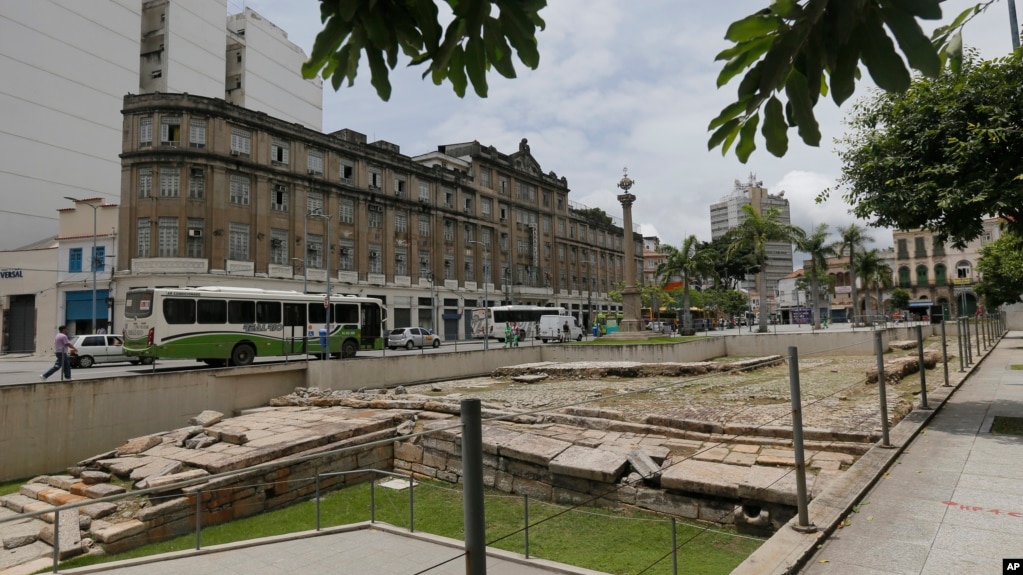
A remote Iranian desert city, Ice Age-era caves in Germany and a stone wharf in Brazil built for arriving African slave ships are three new additions to UNESCO's list of World Heritage sites.
The World Heritage Committee spent a week meeting in Kraków, Poland, to consider 34 significant historical and cultural sites to add to the list.
This year's selections include the Iranian city of Yazd, which UNESCO describes as a "living testimony to the use of limited resources for survival in the desert."
The city has managed to avoid so-called modernization that destroyed many similar Iranian towns, and has preserved its traditional homes, bazaars, mosques and synagogues.
Another site UNESCO added to the list is in the Swabian Jura in southern Germany, one of the areas in Europe where humans first arrived more than 40,000 years ago, during the last Ice Age. They settled in caves, first discovered in the 1860s, and where they created some of the oldest known figurative art.
The U.N. cultural organization said the ancient musical instruments and prehistoric carved figures of animals and humans found in the caves help shed light on the origins of human artistic development
UNESCO also placed the Valongo Wharf in central Rio de Janeiro on the World Heritage List. The stone wharves were built in the early 1800s for slave ships sailing from Africa to Brazil. UNESCO called the wharves "the most important physical trace of the arrival of African slaves on the American continent."
UNESCO added the World Heritage designation to more than 22 sites during its weeklong meeting in Poland, including choices that were controversial.
They include the Hoh Xil area in the China's Qinghai province, a traditionally Tibetan area. By designating this a World Heritage site, the International Camnpaign for Tibet, an advocacy group critical of China's administration there, said UNESCO endorses the forced relocation of Tibetan nomads by Chinese authorities.